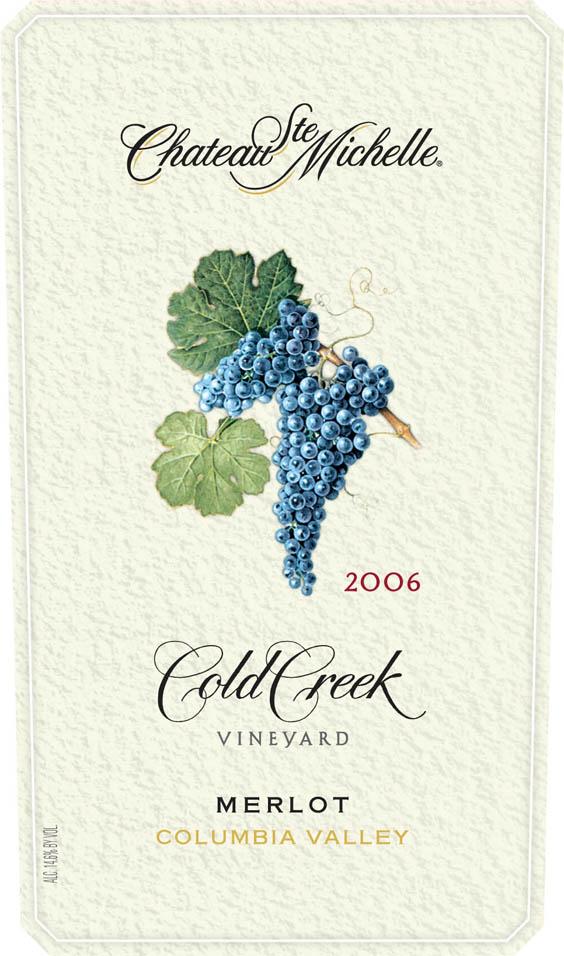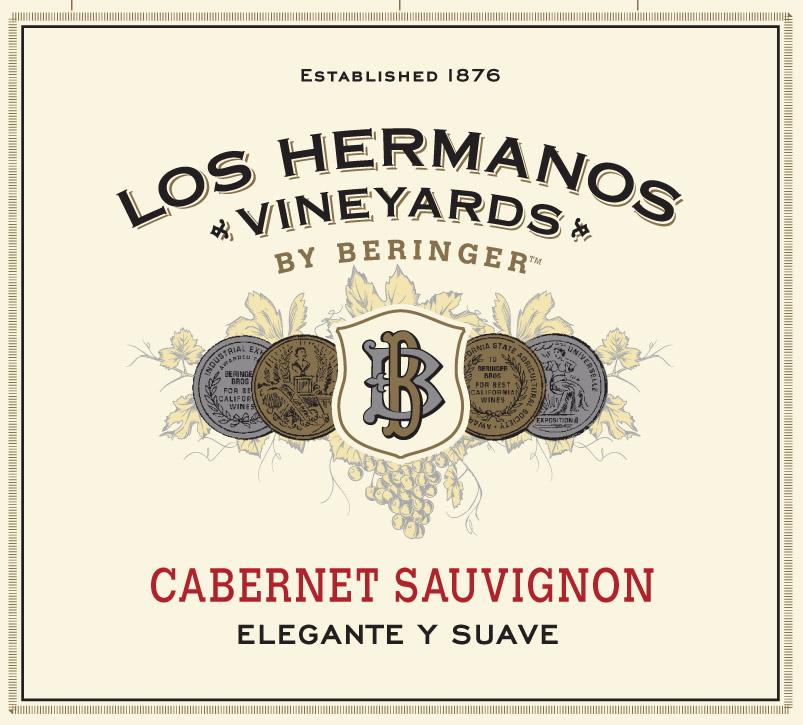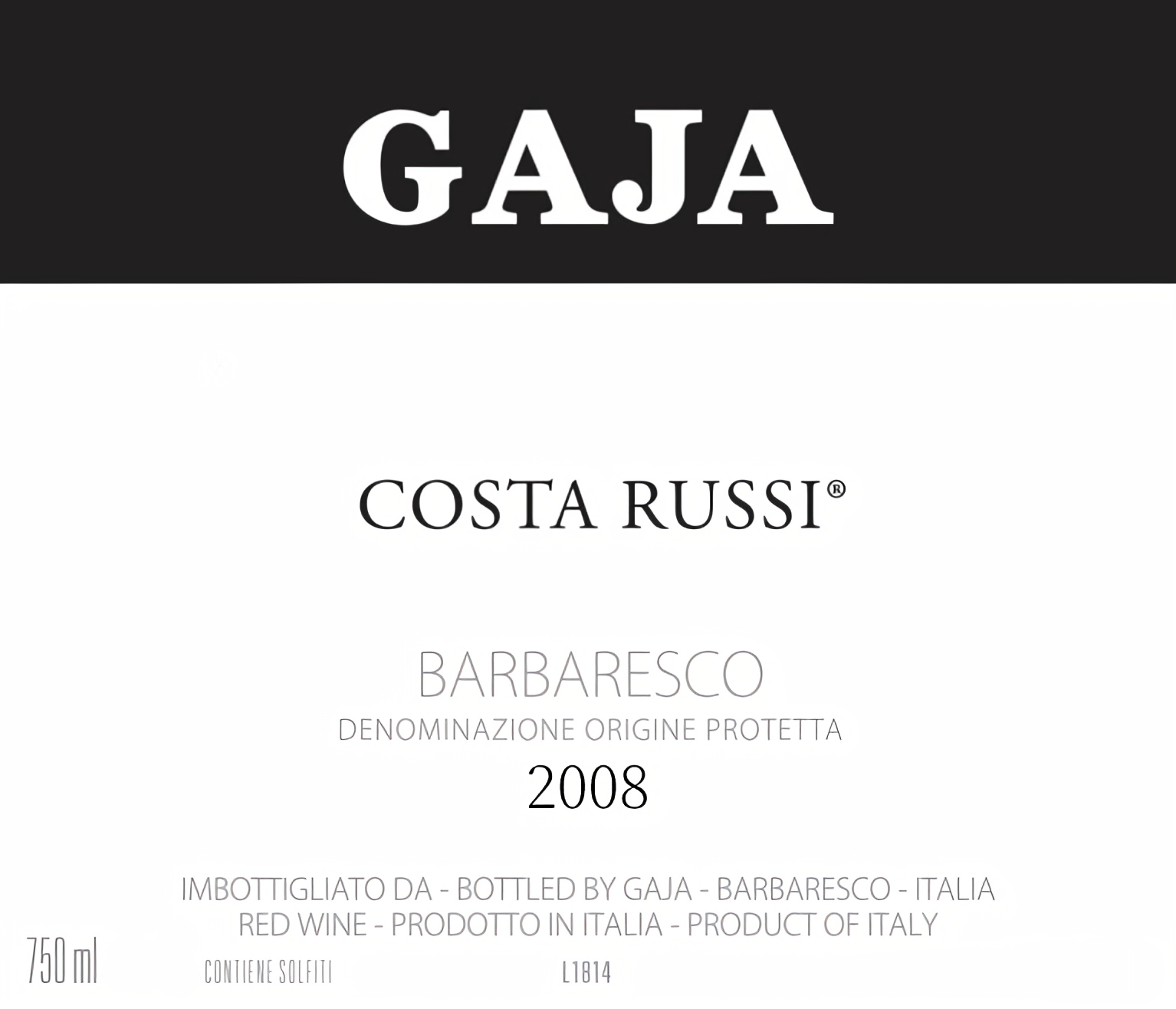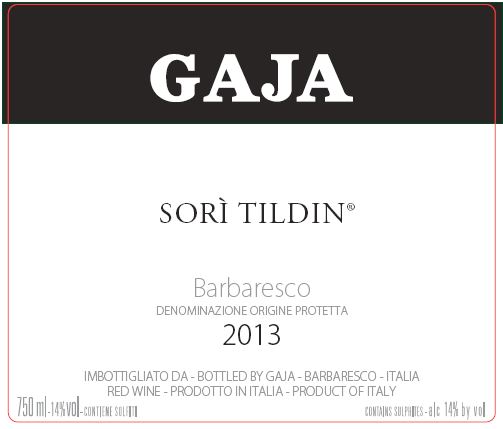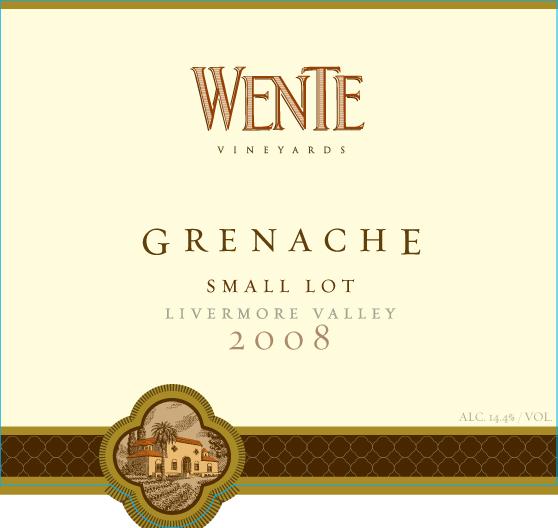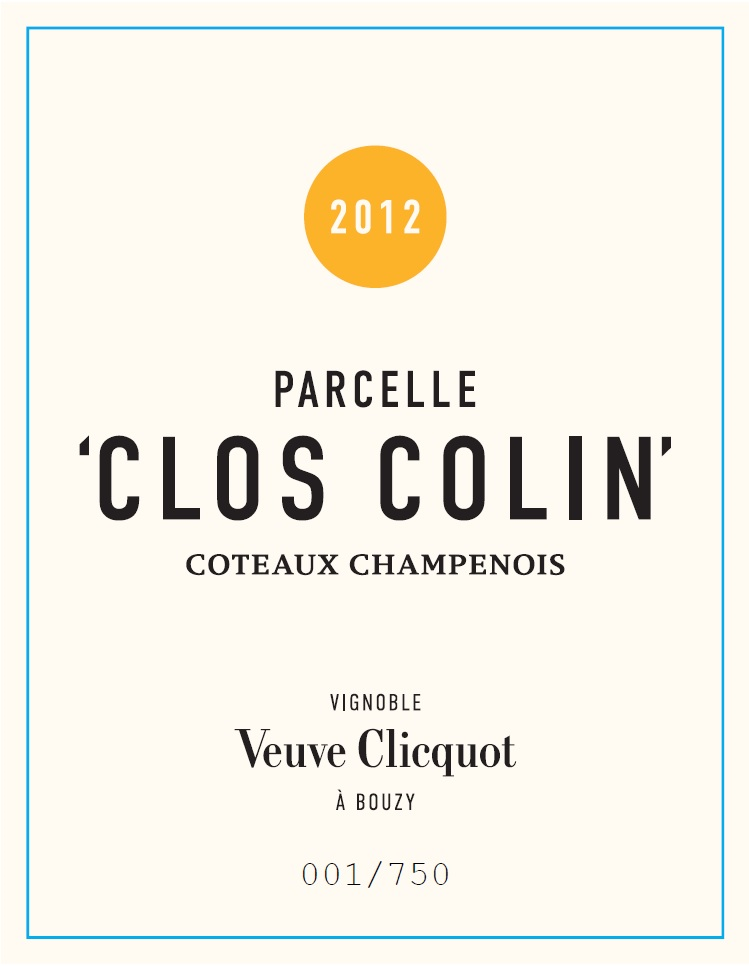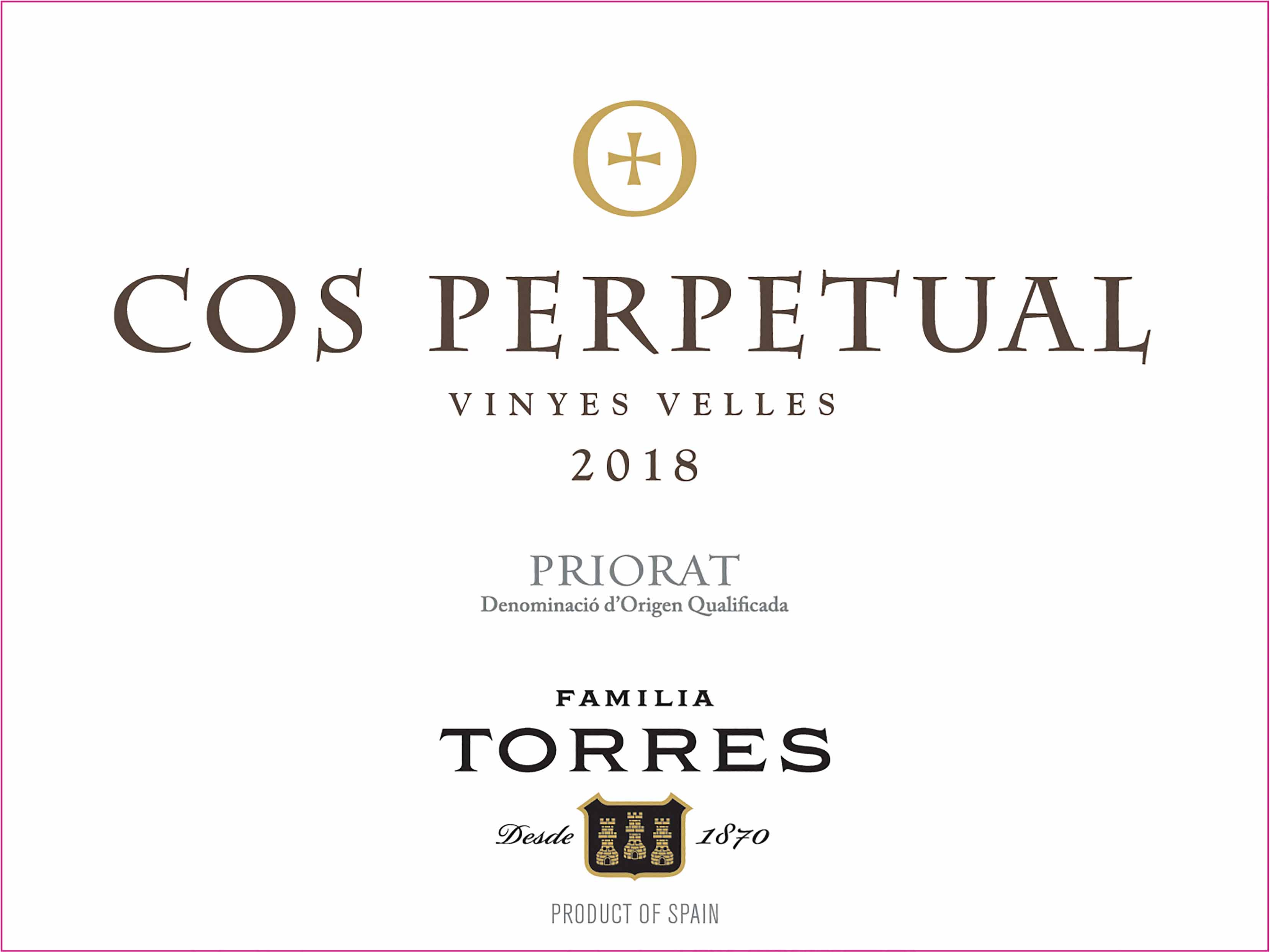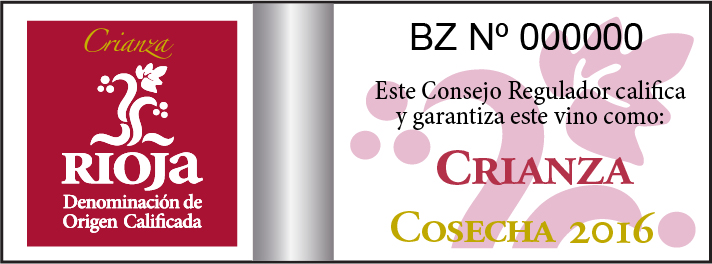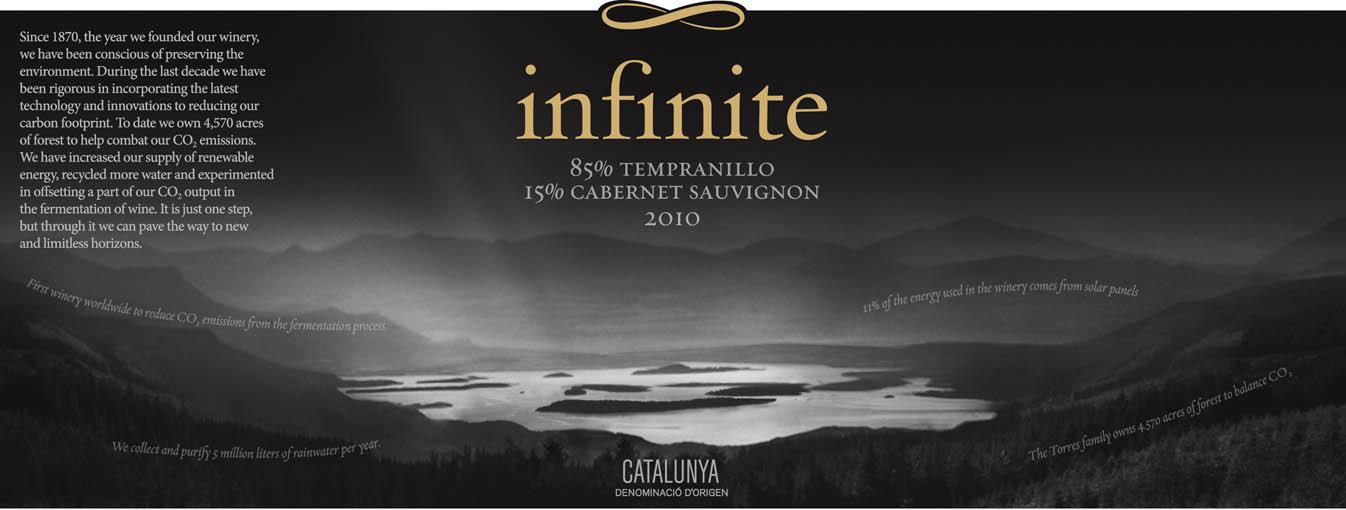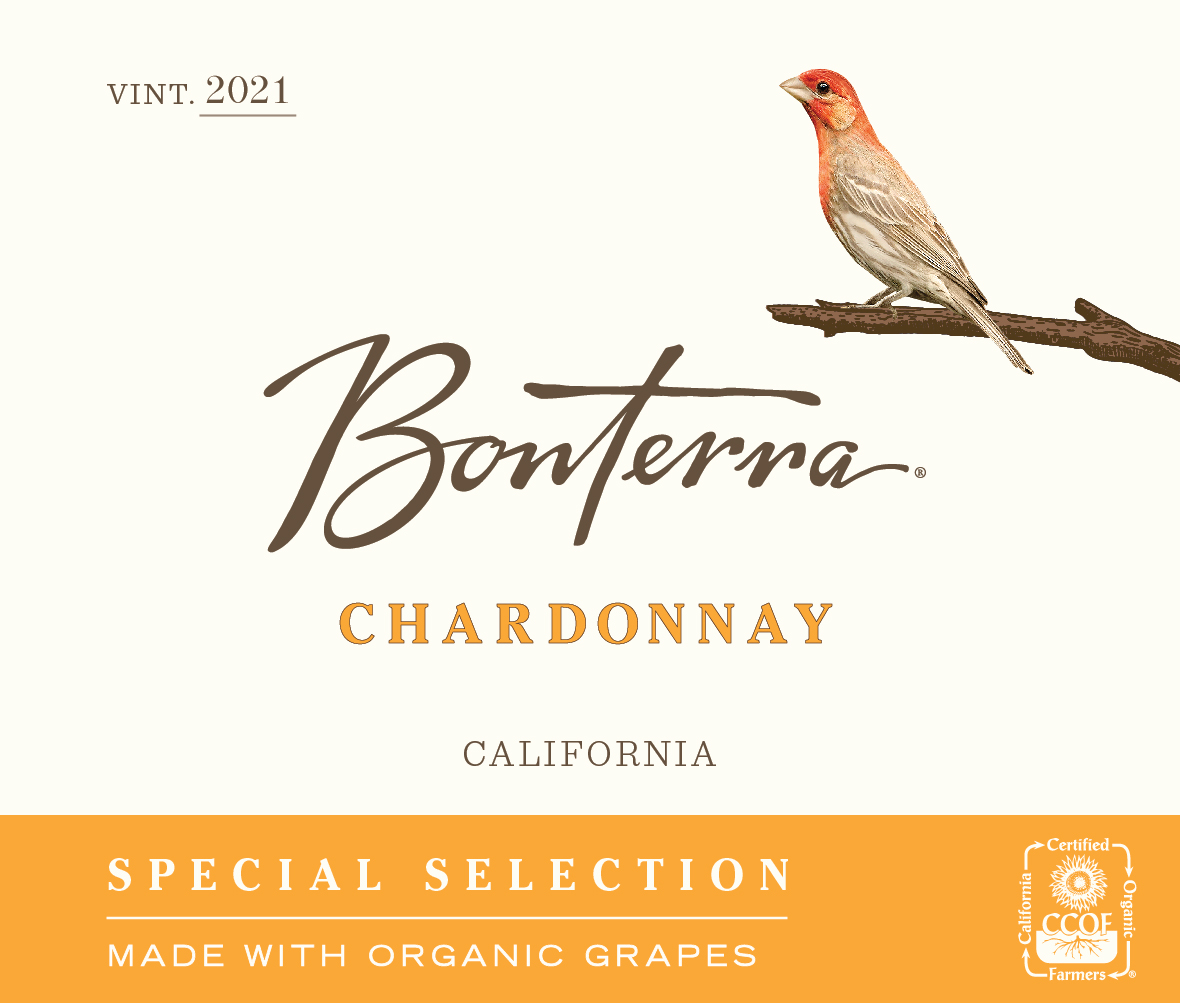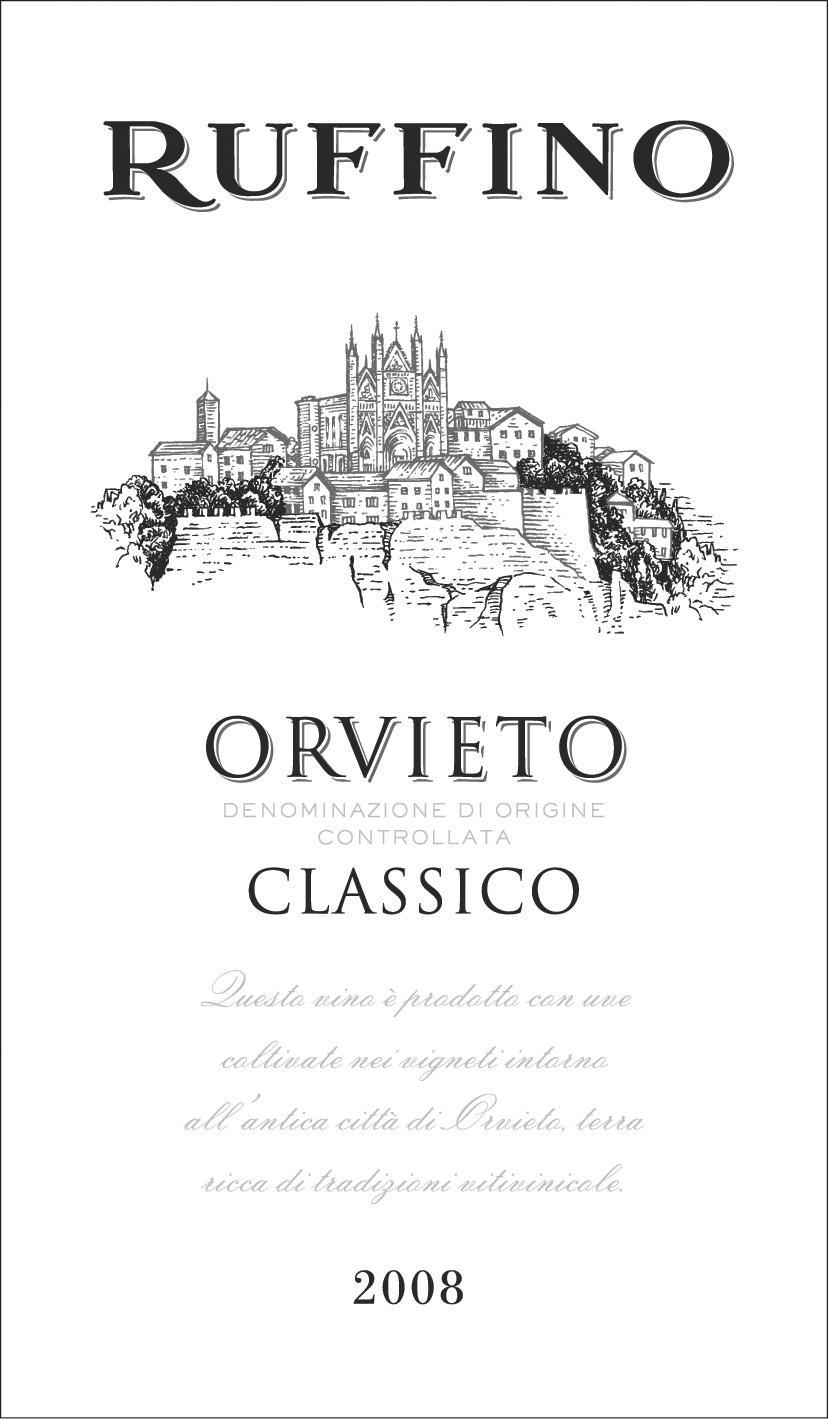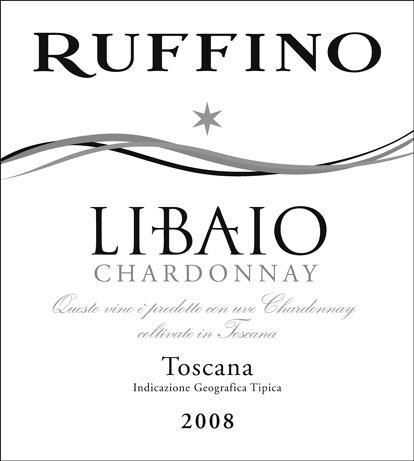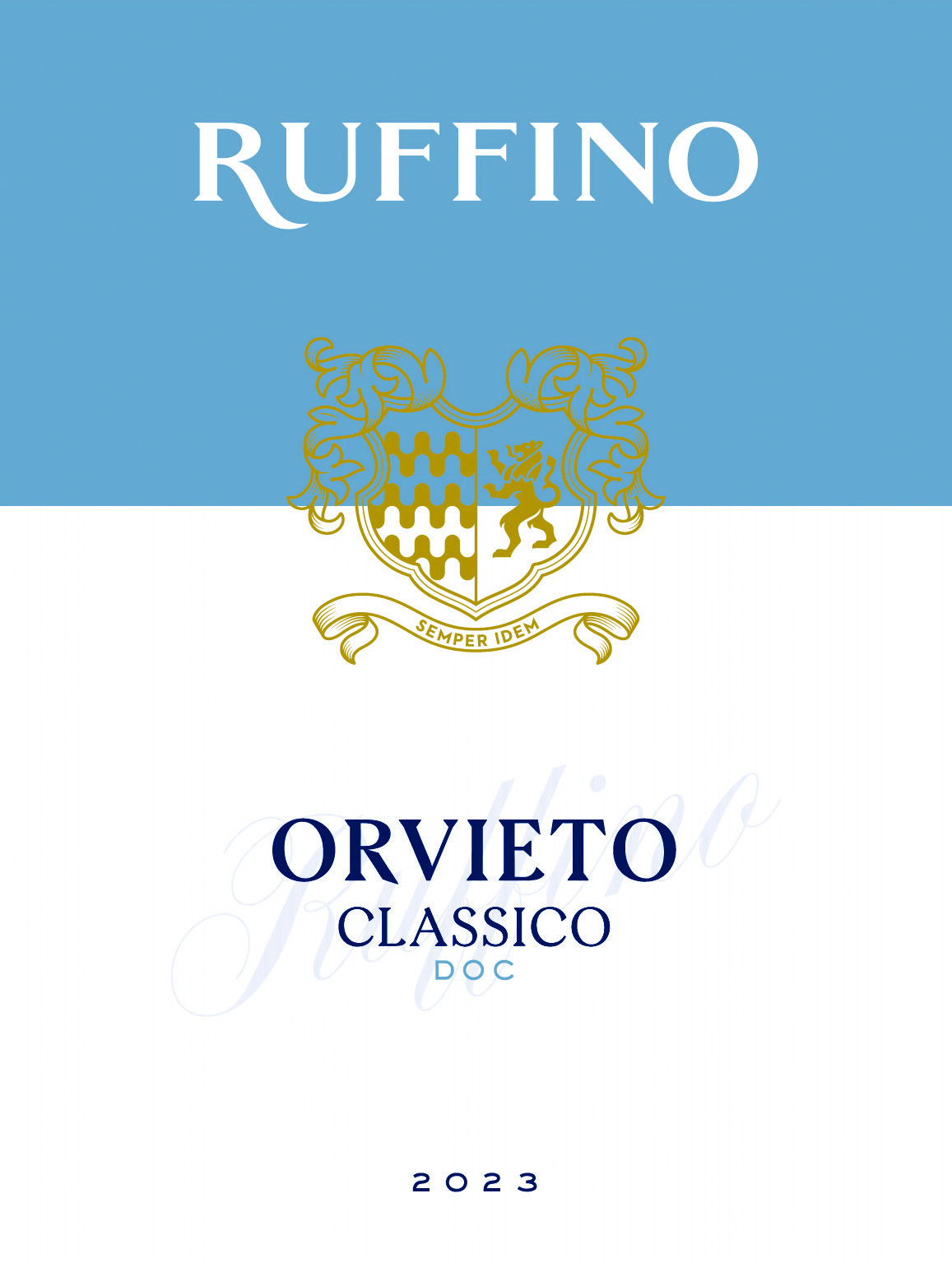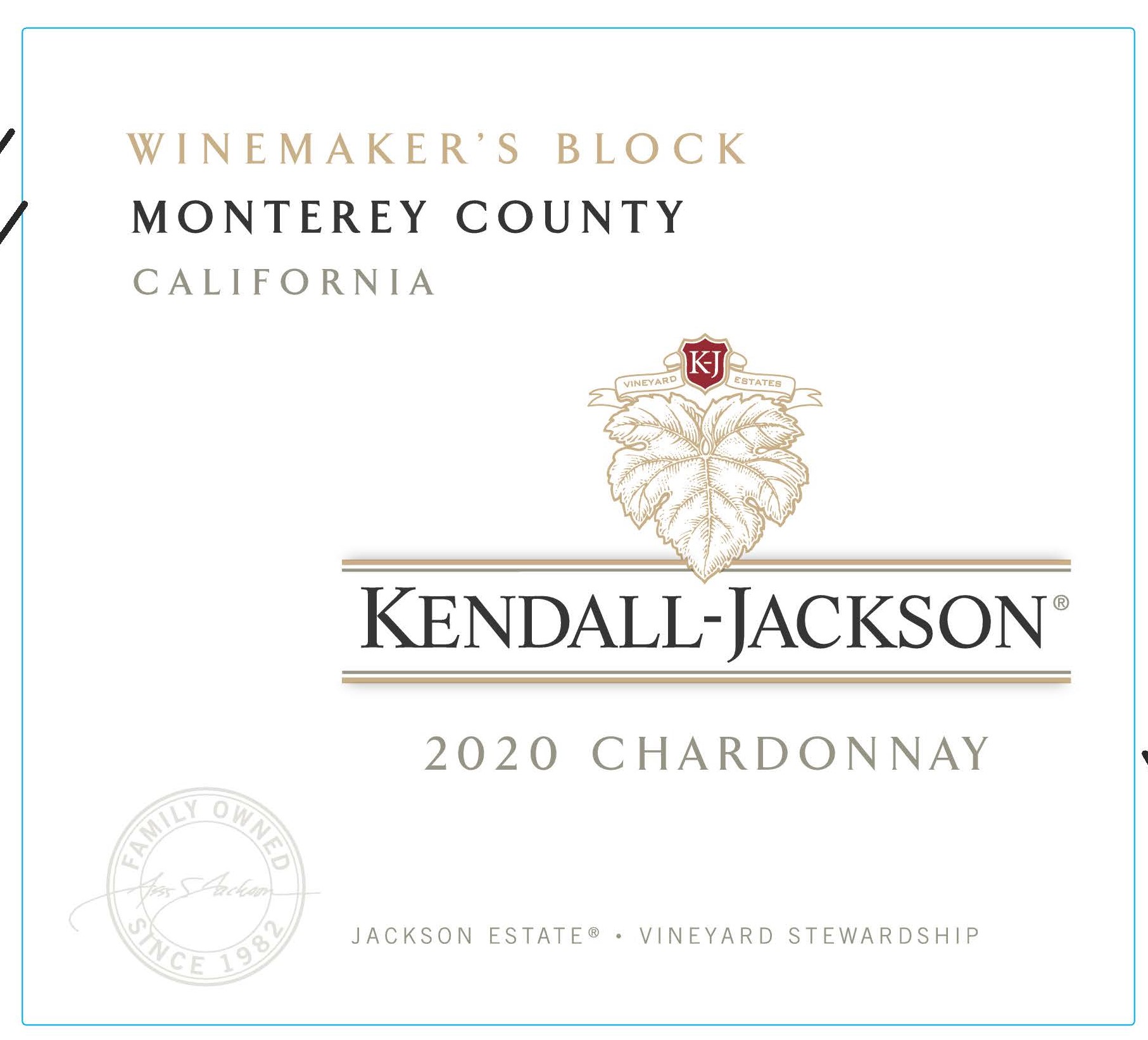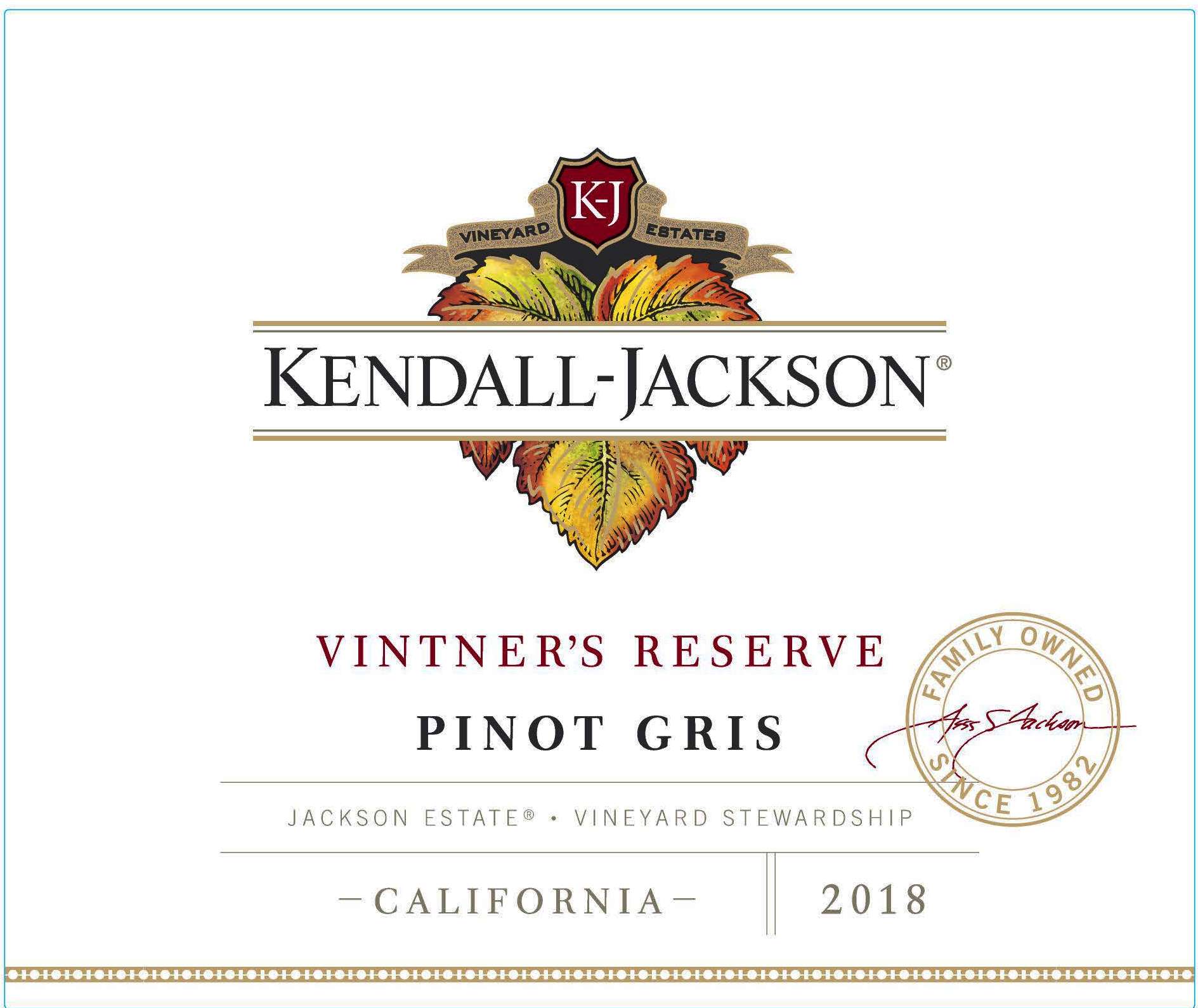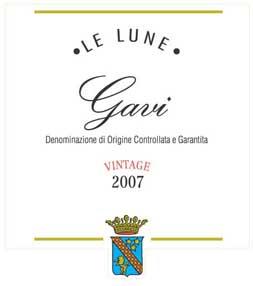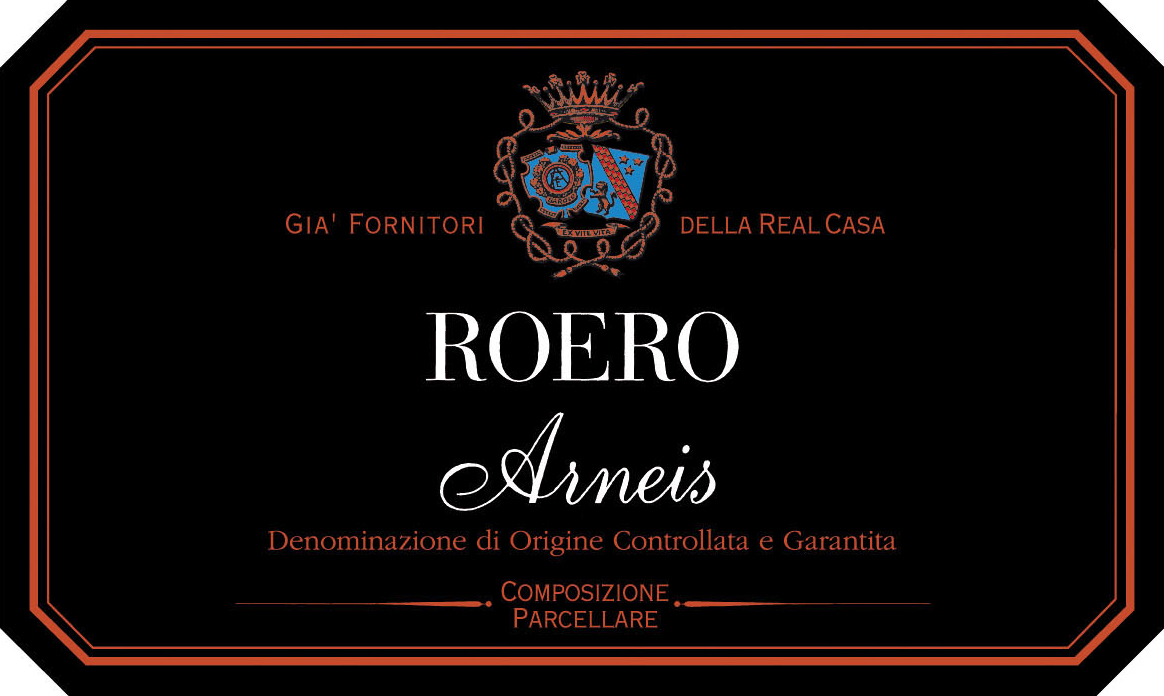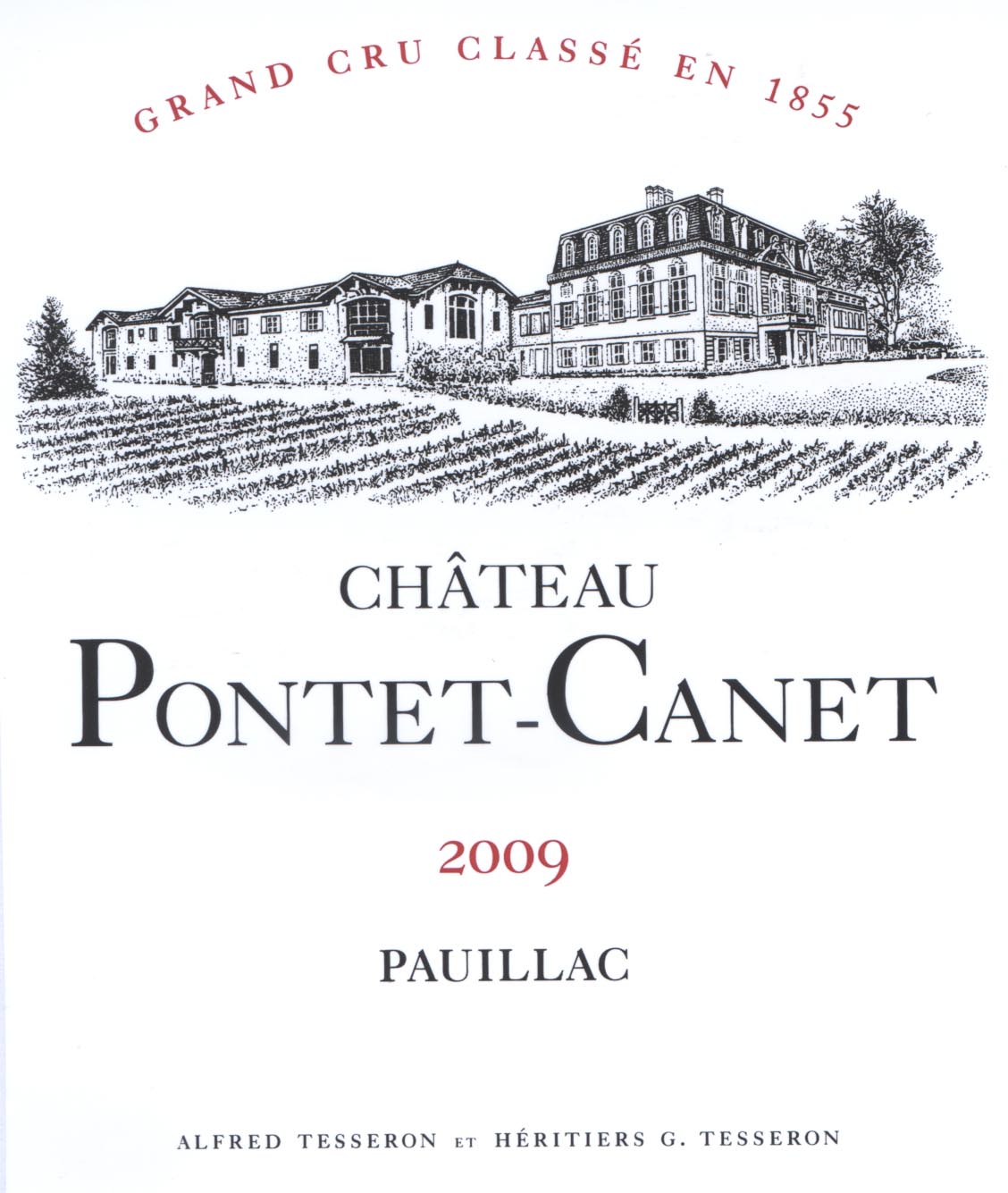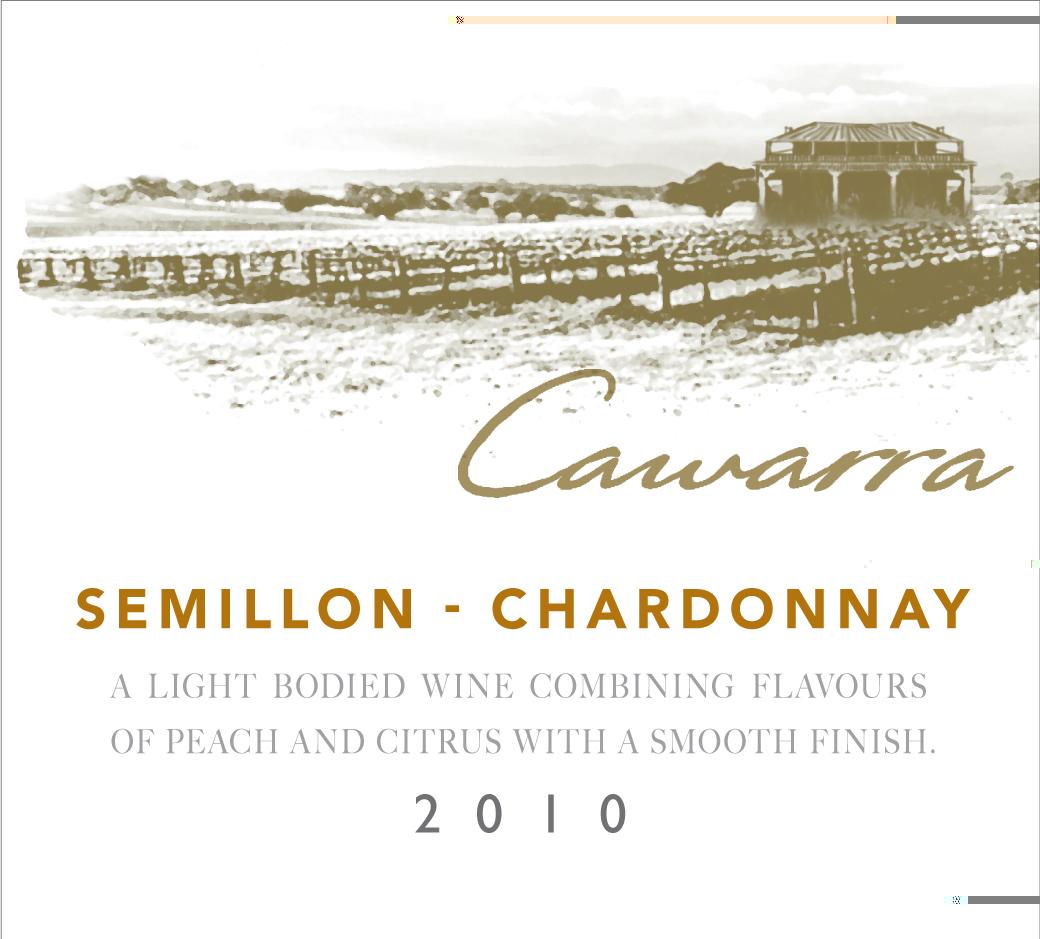Terroir of Casablanca Valley
Casablanca Valley's terroir features rolling hills and alluvial fans, located 100 to 500 meters above sea level. The nearby Pacific Ocean brings cool afternoon breezes, morning fog, and low summer clouds, funneled inland by the valley's east-west orientation. This results in warm, sunny days and cooler nights, creating a temperature shift that lets grapes ripen slowly and evenly, keeping their natural acidity.
The climate is Mediterranean, with rainy winters and mostly dry growing seasons, though spring frosts can be risky. The soils, mainly decomposed granite with sandy loams and clays mixed with gravel, are well-drained but low in fertility, requiring careful water and nutrient management. These conditions are perfect for vibrant white wines and elegantly structured reds, as seen in the region's renowned Sauvignon Blanc, Chardonnay, and Pinot Noir.
Notable Wineries in Casablanca Valley
Casablanca Valley, a jewel in Chile's wine landscape, is home to several distinguished wineries that have put this region on the map. Notable producers include:
-
Veramonte: A pioneer in the valley, renowned for its standout Sauvignon Blanc and Chardonnay, and its commitment to organic practices.
-
Viña Casas del Bosque: Known for fresh Sauvignon Blanc and sophisticated Pinot Noir, this family-owned estate is pivotal in wine tourism development.
-
Matetic Vineyards: An early advocate of organic and biodynamic farming, excelling in Chardonnay, Pinot Noir, and Syrah.
-
Cono Sur: A major player using Casablanca's cool climate to craft premium Pinot Noir and Sauvignon Blanc.
-
Kingston Family Vineyards: A small estate producing exceptional Pinot Noir, Chardonnay, and Syrah from hillside vineyards.
Sustainable Winemaking in Casablanca Valley
Casablanca Valley is a leader in sustainable winegrowing, where the balance between nature and viticulture is paramount. The valley's wineries prioritize water and soil management due to its limited resources and delicate soils. Drip irrigation, cover crops, and natural soil amendments are standard practices to conserve water and enhance soil health. Many vineyards adopt organic and biodynamic methods, avoiding synthetic chemicals to maintain ecological harmony.
Energy efficiency and waste reduction are also key, with an emphasis on renewable energy usage and innovative waste recycling systems. Lighter glass and recyclable packaging reduce the carbon footprint, while regional sustainability initiatives encourage collective improvement. These efforts not only preserve the coastal ecosystem but also ensure the purity and elegance of Casablanca's renowned wines, sustaining its reputation for producing high-quality Sauvignon Blanc, Chardonnay, and Pinot Noir.
Wine Tourism in Casablanca Valley
Casablanca Valley is a prime example of wine tourism blending with nature and culture. This region, with its picturesque wine trails and proximity to Santiago, offers visitors a chance to explore the impact of the cool coastal climate on winemaking.
Cycling through the vineyards or joining guided tasting tours are popular activities that highlight the valley's diverse wine offerings. Many wineries provide unique experiences, such as vineyard picnics and art exhibits, enriching the visit beyond wine tasting. Culinary experiences abound, with on-site restaurants serving local dishes paired with the valley's renowned Sauvignon Blanc and Chardonnay.
Accommodations range from boutique hotels to charming country homes, often featuring farm-to-table dining. Seasonal events like harvest festivals add to the vibrant atmosphere. This seamless integration of wine, gastronomy, and local culture makes Casablanca Valley a quintessential wine tourism destination.




